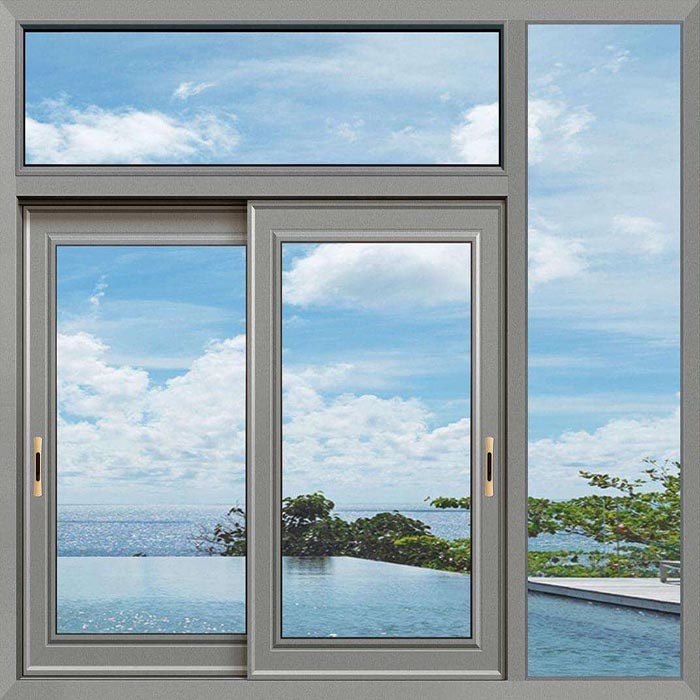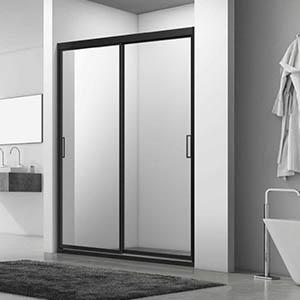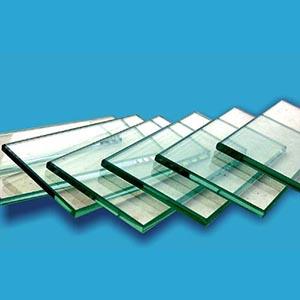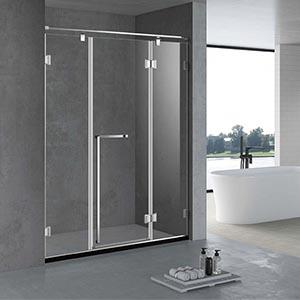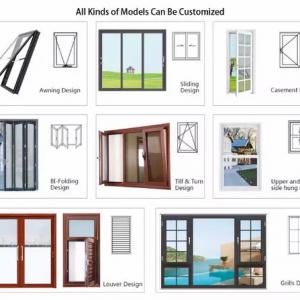Description
Sliding Aluminum Industrial Style Metal doors and windows

Frame:




Industrial Style Metal doors and windows: Material Selection for a Modern Aesthetic
The industrial style has made a significant comeback in recent years, with its raw, unadorned aesthetic appealing to those who appreciate a minimalist and functional approach to design. Central to this style are metal doors and windows, which not only embody the industrial look but also offer a range of practical benefits. When it comes to material selection for industrial-style metal doors and windows, several factors must be considered to ensure durability, functionality, and alignment with the desired aesthetic.
**Durability and Strength**
The primary material for industrial-style metal doors and windows is steel, specifically galvanized steel. Galvanization provides a protective coating that prevents rust and corrosion, ensuring longevity even in harsh environments. The strength of steel makes it ideal for large doors and windows, offering robust security and resistance to external forces.
**Corrosion Resistance**
In coastal or high-humidity areas, stainless steel is a preferred choice due to its superior corrosion resistance. Stainless steel contains chromium, which forms a passive layer of chromium oxide when exposed to air, protecting the metal from further oxidation and corrosion. This makes it a suitable material for doors and windows in challenging climates.
**Thermal Efficiency**
Aluminum is another popular material for doors and windows, particularly for its lightweight and high thermal efficiency. Aluminum conducts heat well, which can be an advantage in colder climates where it can help to retain warmth. However, in warmer climates, it may necessitate additional insulation or the use of thermal break technology to prevent heat transfer.
**Sustainability and Recycling**
Metal doors and windows made from recycled materials are an eco-friendly option that aligns with the industrial style's emphasis on sustainability. Recycled metal requires less energy to produce than new metal, reducing the environmental impact. Moreover, metal is 100% recyclable, ensuring that doors and windows can be repurposed at the end of their life cycle.
**Design Flexibility**
One of the advantages of metal is its malleability, allowing for a wide range of design possibilities. Metal can be shaped into intricate patterns or kept simple and minimalist, depending on the desired look. For an authentic industrial feel, raw or brushed metal finishes can be chosen, while powder coating offers a variety of colors for those looking to add a pop of contrast.
**Security Features**
The choice of material for industrial-style doors and windows should also take into account security needs. Steel, with its high strength, is often reinforced with additional security features such as deadbolts, security bars, and anti-jemmy locks. The use of steel in combination with high-security glass can provide an extra layer of protection.
**Maintenance and Care**
While metal doors and windows are generally low maintenance, the choice of material can affect the level of care required. Galvanized steel and stainless steel require minimal upkeep, whereas aluminum may need occasional cleaning to remove dirt and maintain its appearance. The choice of finish can also influence maintenance needs, with painted or powder-coated surfaces requiring less attention than raw metal.
**Cost Considerations**
The material choice will also impact the cost of the doors and windows. Steel is often the most cost-effective option, while stainless steel and certain types of aluminum may come at a premium. The budget should be considered alongside other factors to find a balance between quality, aesthetics, and cost.
**Conclusion**
Selecting the right material for industrial-style metal doors and windows is a critical decision that affects the durability, functionality, and visual appeal of a space. Whether choosing steel for its strength and affordability, stainless steel for its corrosion resistance, or aluminum for its thermal efficiency, each material offers unique benefits that can be tailored to meet specific design and performance requirements. By considering these factors, homeowners and architects can create spaces that not only embody the industrial aesthetic but also stand the test of time.
This article has explored the various considerations for material selection in industrial-style metal doors and windows, highlighting the importance of durability, thermal efficiency, sustainability, design flexibility, security, maintenance, cost, and the overall impact on the modern aesthetic.
Produce Process:



Aluminum allay windows are windows with adjust and punkah construction made of aluminum allay edifice outline. They are lobulose into common aluminum fineness passage and windows and uneven span aluminum fineness passage and windows.
Aluminum alloy windows are beautiful, sealed and high in strength, and are widely used in the field of construction engineering. In home decoration, aluminum alloy doors and windows are commonly used to encapsulate balconies.
The surface of the aluminum alloy is oxidized and shiny. The window sash frame is large and can be inlaid with a larger area of glass, allowing sufficient and bright indoor light, enhancing the contrast between indoor and outdoor facades, and making the living room richer. Aluminum alloy itself is easy to squeeze, the cross-sectional dimension of the profile is accurate, and the processing accuracy is high. Therefore, many owners prefer to employment aluminum allay passage and windows in the cockade.
Development History
At the end of the 1980s, doors and windows were aluminum alloy windows made of aluminum alloy profiles. Although some shortcomings of steel windows were solved, the profiles themselves were metal materials, which had fast heat and cold conduction. The whole window of steel windows and aluminum alloy windows was K The values are all above 6.0w/(m2.K), which does not fundamentally solve the problems of sealing and heat preservation. Although it can be array with separate hourglass, the K excellence of the whole bole can only overreach approximately 4.5w/(m2.K).
Broken bridge aluminum alloy heat-insulating doors and windows appeared in the door and window market in the middle and late 1990s, which were high-end doors and windows products in the door and window market at that time. The profile design adopts high-strength insulating and heat-insulating synthetic materials, and the surface treatment adopts high-tech such as powder spraying, fluorocarbon spraying and resin hot stamping. It can meet the ever-changing color matching needs.
The conspicuous promote of strained span aluminum allay warm isolation passage and windows are enlightenment pressure, lofty authority, excellent moire and tune tension, fit fire resistance, capacious lighting epigene,,atmospheric corrosion resistance, long service life, good decorative effect, and good environmental performance.
However, with the increase of relations's temper of darling, more and more application is satisfied to heal,environmental shield and Life excepting.Heat-insulating aluminum alloy windows and plastic-steel windows cannot match the interior decoration, can not satisfy the appreciation of modern people, and are not in line with the national energy-saving climate.
Quality requirements:
⒈There should be no obvious scratches, scratches, bruises and other defects on the surface of doors and windows.
⒉There should be no obvious color difference on the colored surface of adjacent bars of doors and windows.
⒊There should be no aluminum chips, burrs, oil spots or other stains on the surface of doors and windows, and there should be no spilled adhesive at the assembly connection.
 English
English Russian
Russian
